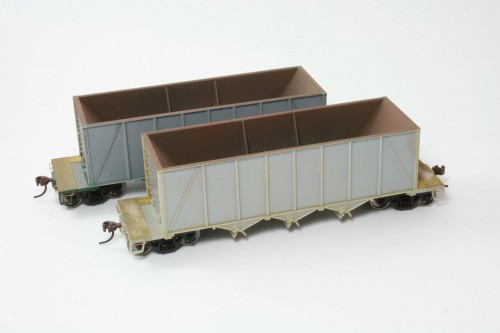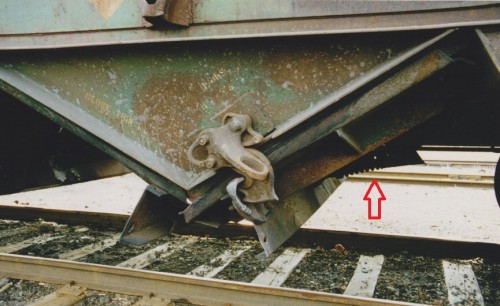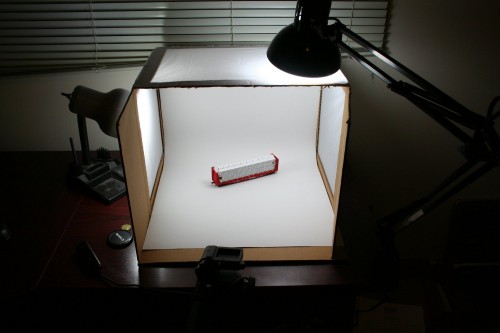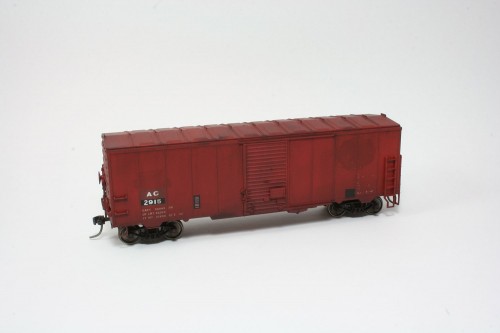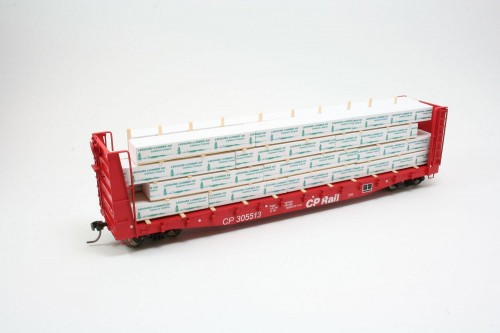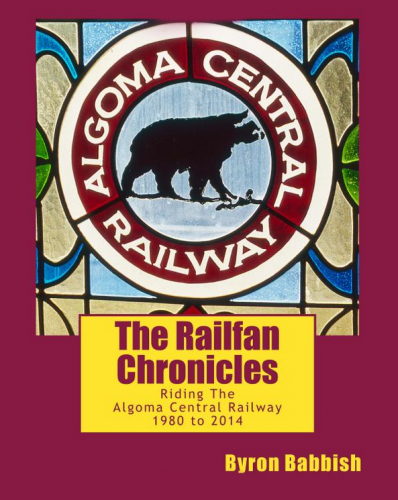While I had the airbrush and paint booth fired up this evening to do some priming and initial paint work on a different project I’ve been working on this weekend (more on that sometime later when I’ve made some more progress) I also ran about a dozen of these hoppers through the paint shop to paint the interiors.
I picked up at least part of the technique (with regards to some of the colours and order of use) from an old RMC magazine article, although probably any time anyone ever does something, they always put their own slight twist on it.
My first step is to paint the interior with a light primer colour. For some cars in raw grey this was not always necessary, but as I have several cars molded in several different colours including red, yellow, green and gray (most were stripped from various roadnames) and a primed interior is required to let the actual colours cover properly. Once primed, I gave the interior a base coat of Model Master “Steel” to give it the metallic silvery of bare polished steel. Then – working very lightly, and progressively up the sides of the interior – blend in Gunmetal, Rail Brown and Rust. Go real easy on the gunmetal and rail brown – the gunmetal is a dark almost black colour, and the rail brown just helps blend with the rust and shouldn’t be too prominent – and the whole interior can get a really light final mist of rust to blend all together.
The one really tricky bit about these interiors is the angled pipe bracing. You really have to be careful to mist the colours in from both sides around the braces to avoid “paint shadow” where the brace blocks the spray. (I did end up with a couple cars with a slightly noticeable vertical line at some of the braces.
I may go over some of these interiors later again, after the cars are fully painted and lettered, with some powders and pan pastels to add a bit of additional colour for specific loads that these cars carried around Michipicoten and Wawa – limestone, coke, sinter and raw ores, but otherwise this is the basic colouring for the car interiors. The top of the car will later be masked off completely to paint the exterior body of the car.

